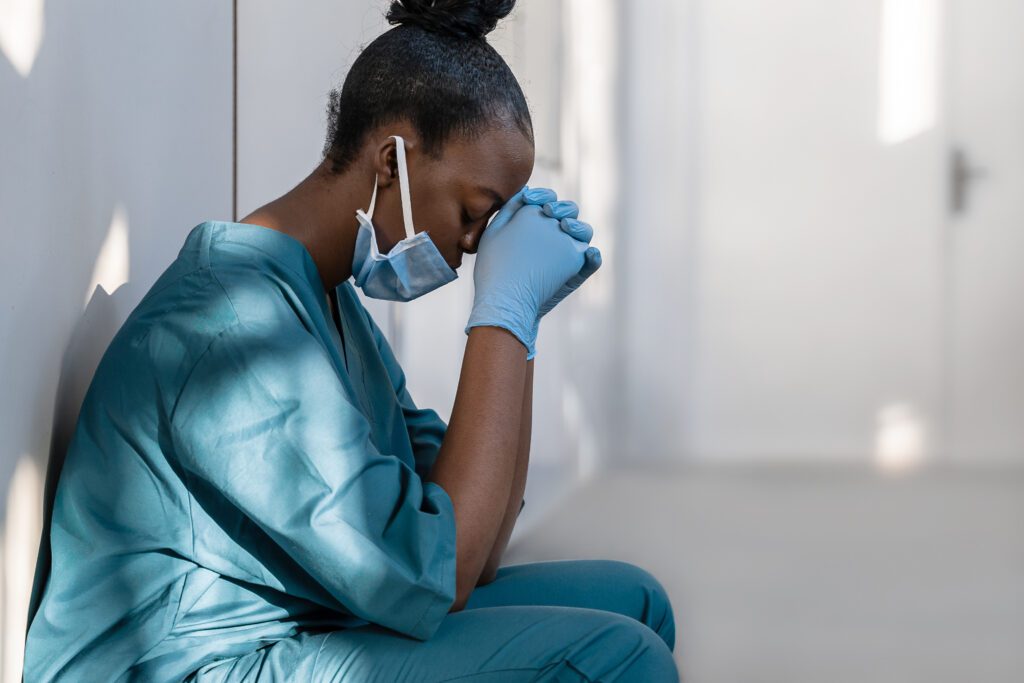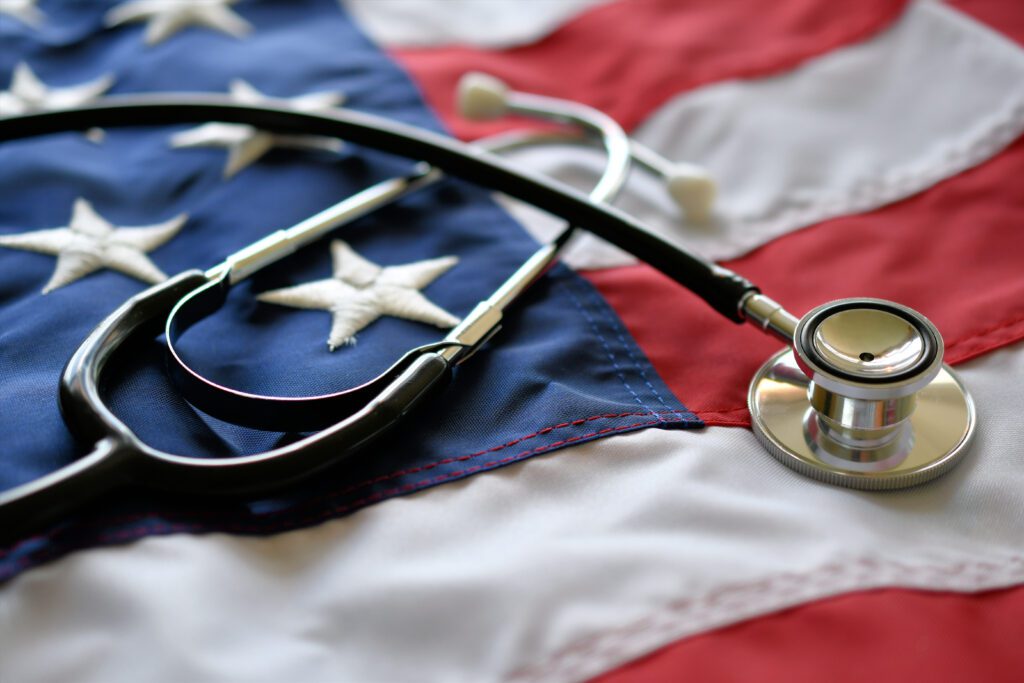Find What Traditional Review Methods Miss
Join healthcare leaders who’ve moved beyond ineffective reviews to identify critical blind spots and save more lives.
Choose Your Industry Focus
Healthcare Collaborative
Redefine patient safety through comprehensive case review and system-wide improvements.
Veterans Affairs Collaborative
Honor veterans through enhanced care delivery and targeted safety improvements.
Corrections Collaborative
Address behavioral health and systemic vulnerabilities across correctional institutions and facilities.
A Proven Framework for Change

Identify
Discover and classify Opportunities for Improvement (OFIs) to pinpoint where your organization can enhance care delivery.

Learn
Transform OFI findings into meaningful, right-sized quality improvement projects that maximize your resources.

Share
Spread insights from case reviews and multi-lens discussions across your organization to improve frontline care delivery.
We Walk Every Step With You As You Improve Outcomes

Case Review Training
Move beyond traditional reviews with our proven 7-step method that empowers frontline staff to identify real opportunities for change.

Technology Platform
Access Healthcare Safeware®, a software designed by and for frontline staff to capture the insights that standard reporting misses.

Benchmarking & Webinars
Receive annual benchmarking reports and join monthly sessions where members share successful improvement strategies and lessons learned.

Organizational Learning
Get expert guidance through each phase of change. Our COI2L™ (Continuous Organizational Innovation, Improvement, and Learning) framework helps you implement lasting improvements without adding resources.

Research & Publications
Contribute to peer-reviewed publications and scientific presentations demonstrating the measurable impact of systematic improvements.
This collaborative allows me to feel like I’m doing my best to help improve the care of everyone, and it’s not just the care of our patients but also the care of our providers.
Shira Wolf, BSE

Healthcare Systems Collaborative
Our community of 100+ medical systems across Australia, Canada, and the United States is redefining patient safety. Members consistently uncover that over 80% of improvement opportunities come from omissions in care—insights missed by traditional reporting methods.
Healthcare Systems Collaborative Focus Areas
- Mortality review enhancement
- Sepsis care improvement
- Patient transfers and readmissions
- ICU/Code response optimization
- COVID-19 protocols
- Length of stay management
Veterans Affairs Collaborative
Moving beyond standard reviews to build a safer, more responsive VA healthcare system. The Veterans Affairs collaborative creates a space for VA providers to develop practical, meaningful changes that honor our veterans through enhanced care delivery.
Veterans Affairs Collaborative Focus Areas
- End-of-life care enhancement
- Mental health support systems
- Care transition management
- Provider support and training
- Quality metric improvement
- Data-driven process refinement


Corrections Collaborative
Partnering with correctional and mental health facilities to address systemic vulnerabilities through comprehensive review methods. The corrections collaborative helps identify and address process failures before they lead to adverse events.
Corrections Collaborative Focus Areas
- Suicide prevention systems
- Mental health care protocols
- System vulnerability identification
- Staff training and support
- Process failure mitigation
- Cross-facility learning
We are identifying opportunities that, because there was no negative impact on the patient, may not have ever been recorded or reported.
Tony Calabria, MA, CPHQ, CSSBB
Free Your Team From Ineffective Methods
Join a community of healthcare leaders finding and fixing critical blind spots to save more lives.
